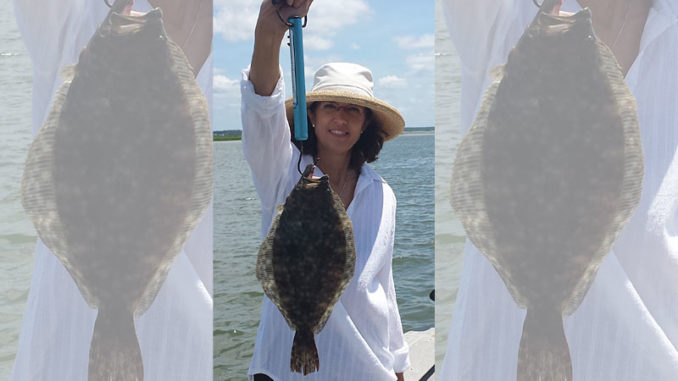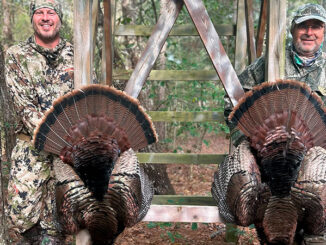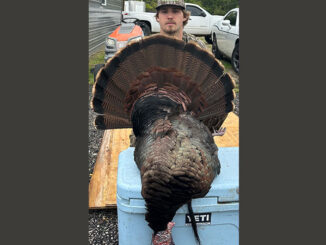
Flounder time!
By April 1, anglers will have an extra spring in their step. And that’s possibly because the flounder bite takes off in a big way in the estuaries north and south of the Myrtle Beach, S.C., area, which provide rich and fertile waters abundant with marsh grass, oysters, mud flats, channels — a true fishy frontier.
In the spring when waters warm, flounder move into these shallow estuaries like there is no tomorrow. Three of the most-popular places are Cherry Grove, Murrells Inlet and the Pawleys Island/Litchfield areas. These Grand Strand estuaries are shallow and heat up quickly when the weather steadily warms. And this creates ideal conditions for baitfish and famished predators.
Guide Greg Holmes of Fish Skinny Charters in Little River, S.C., looks for these shallow inlets to fill up with flounder very soon.
“Traditionally, April is the time when the water warms up and the flounder start filtering back into the estuaries,” said Holmes (843-241-0594). “The baitfish come out of hiding in the marshes and are joined by other baitfish coming in from the ocean. That draws flounder into the estuaries to feed.”
Even though water temperatures will rise everywhere, shallow inlets and estuaries are subject to a faster temperature recovery.
“The shallower inlets like Cherry Grove and Murrells Inlet will warm up (earlier). Flounder usually show up first in these shallower estuaries before they arrive in other neighboring waters,” he said.
When his schedule prevails, Holmes concentrates on the falling tides and on lower water.
“These shallower places warm faster and provide warmer conditions on a falling tide than on a rising tide,” he said. “The fish will be more active on falling tides and will bite better.”
These fish are hungry, and not picky about what they eat
Flounder are feasting on any type of available forage. The typical spring forage base are mud minnows, along with some juvenile spots, croakers, pinfish and even some small menhaden. Flounder will not be choosy and will eat any type of small minnow.
Holmes will fish mud minnows on a Carolina rig or will soft-plastic lures on a jighead.
“I prefer to use brightly-colored artificial lures on a jighead this time of year, because they are highly visible and will catch the attention of the fish from afar,” he said. “Mud minnows are typically small this time of year, and they can blend into the mud. A brightly-colored jerk shad is very visible and produces bites.”
Soft plastics are versatile lures with a wide range of applications. Flounder filter into inlets and shallow estuaries to feed, and a 3- to 4-inch soft-plastic bait bouncing around along the bottom is just what the doctor ordered.
Light jigheads, 1/8- to ¼-ounce, are preferred, and any scented or unscented soft-plastic lure can produce during the spring. For best results, use bright colors such as pearl/white, chartreuse and pink — or a combination of bright colors. For an added effect, the jig and soft-plastic combinations can be tipped with small minnows for more visibility to get those fish to strike from afar.





Be the first to comment